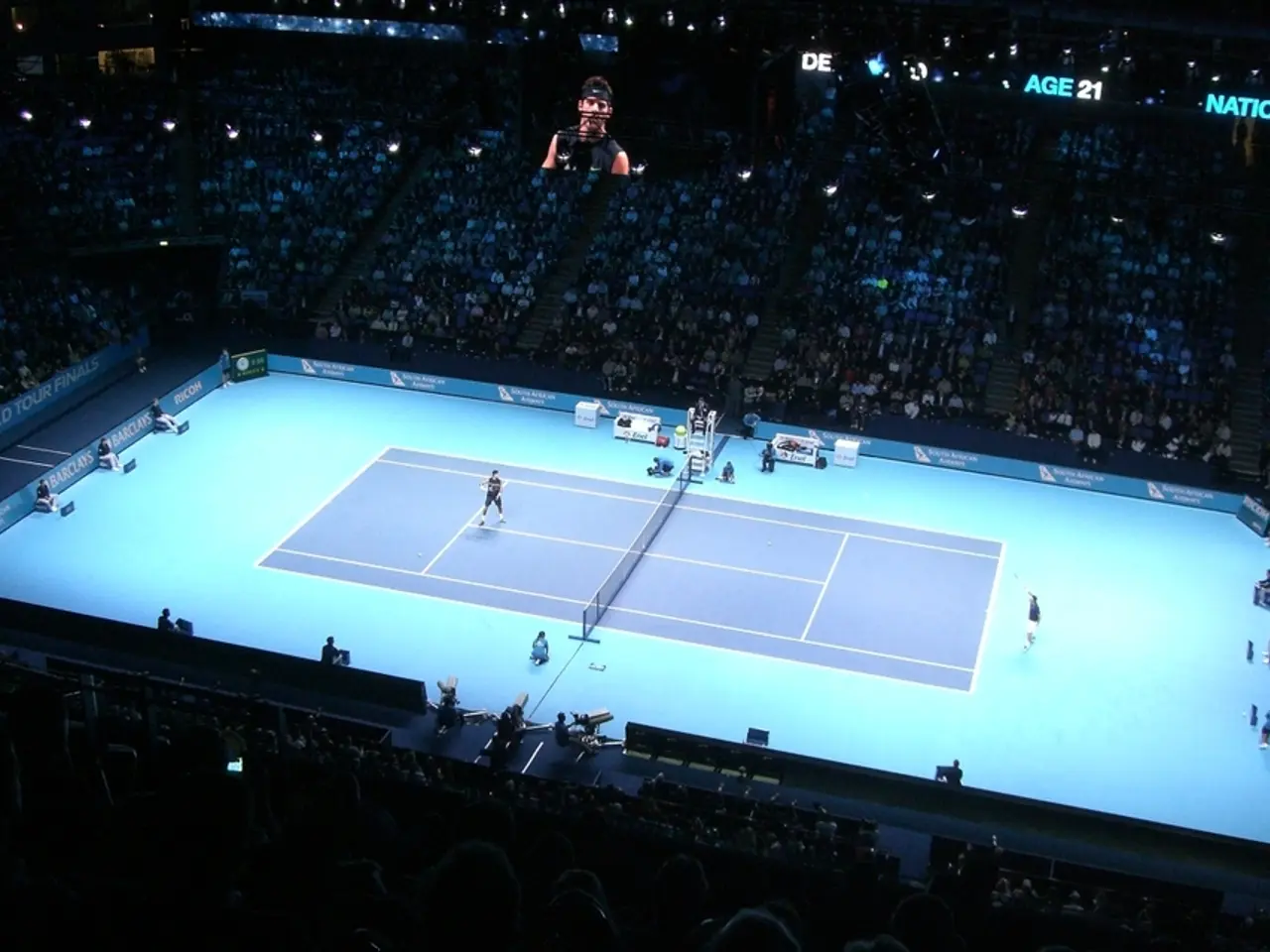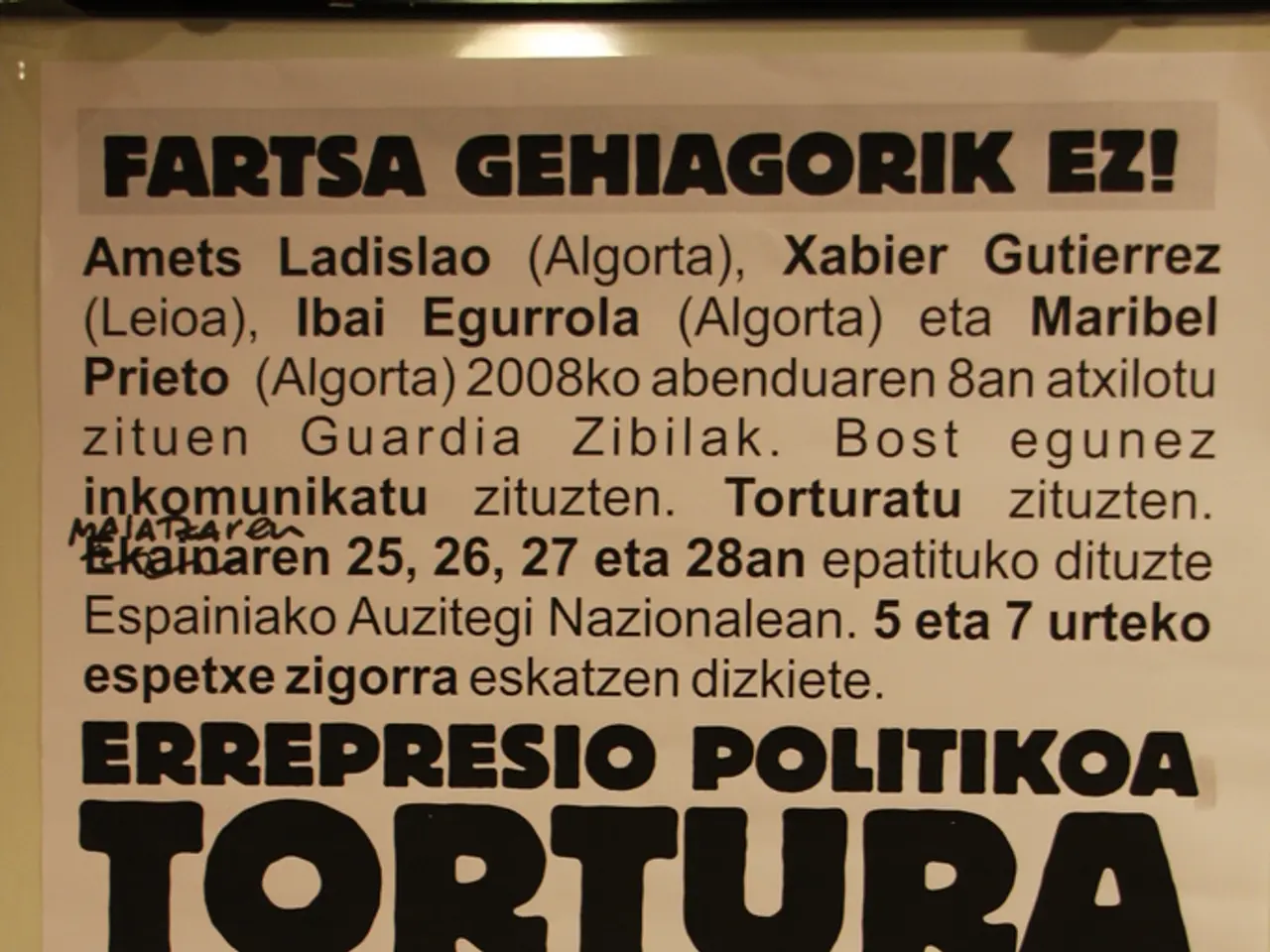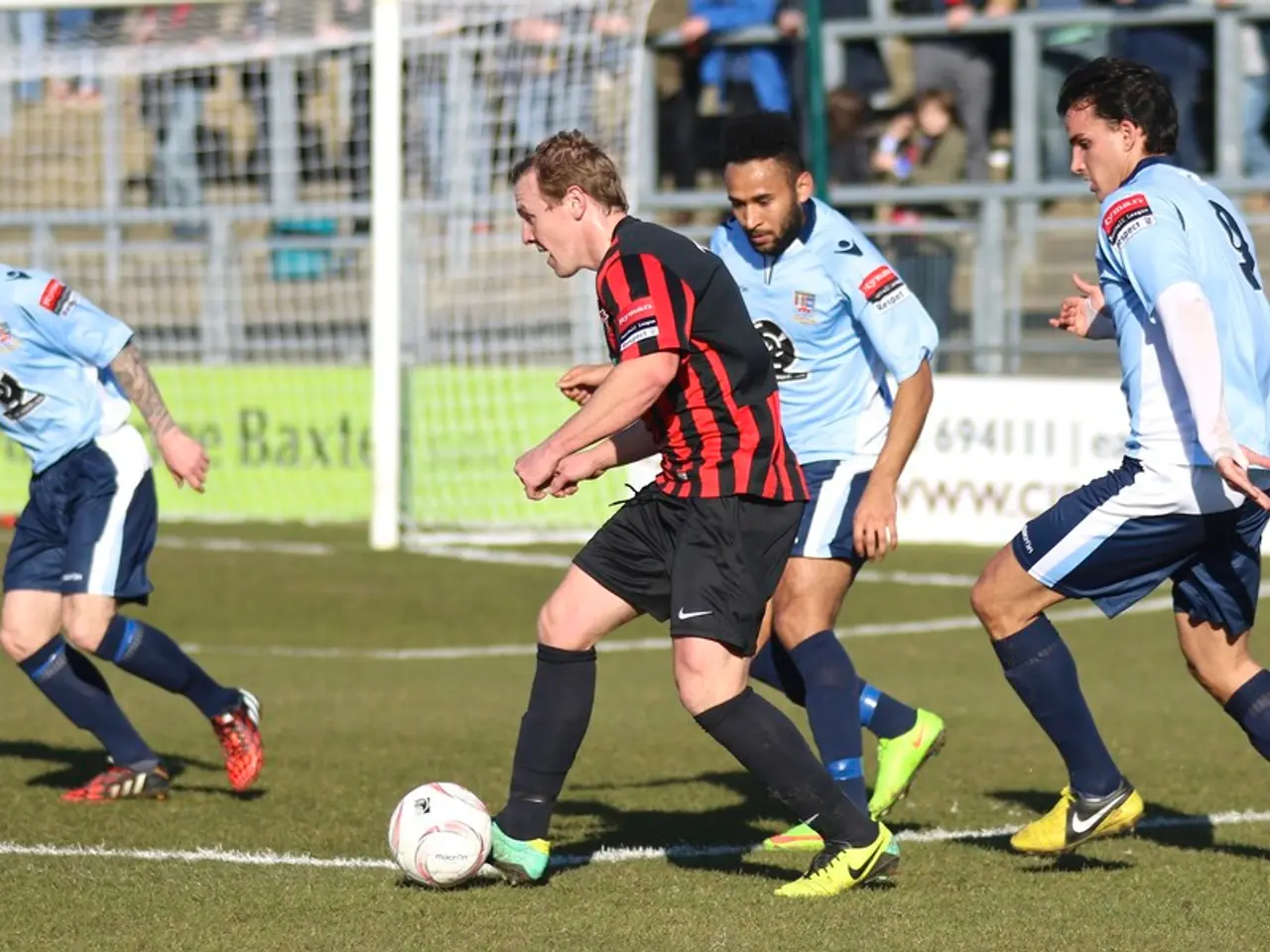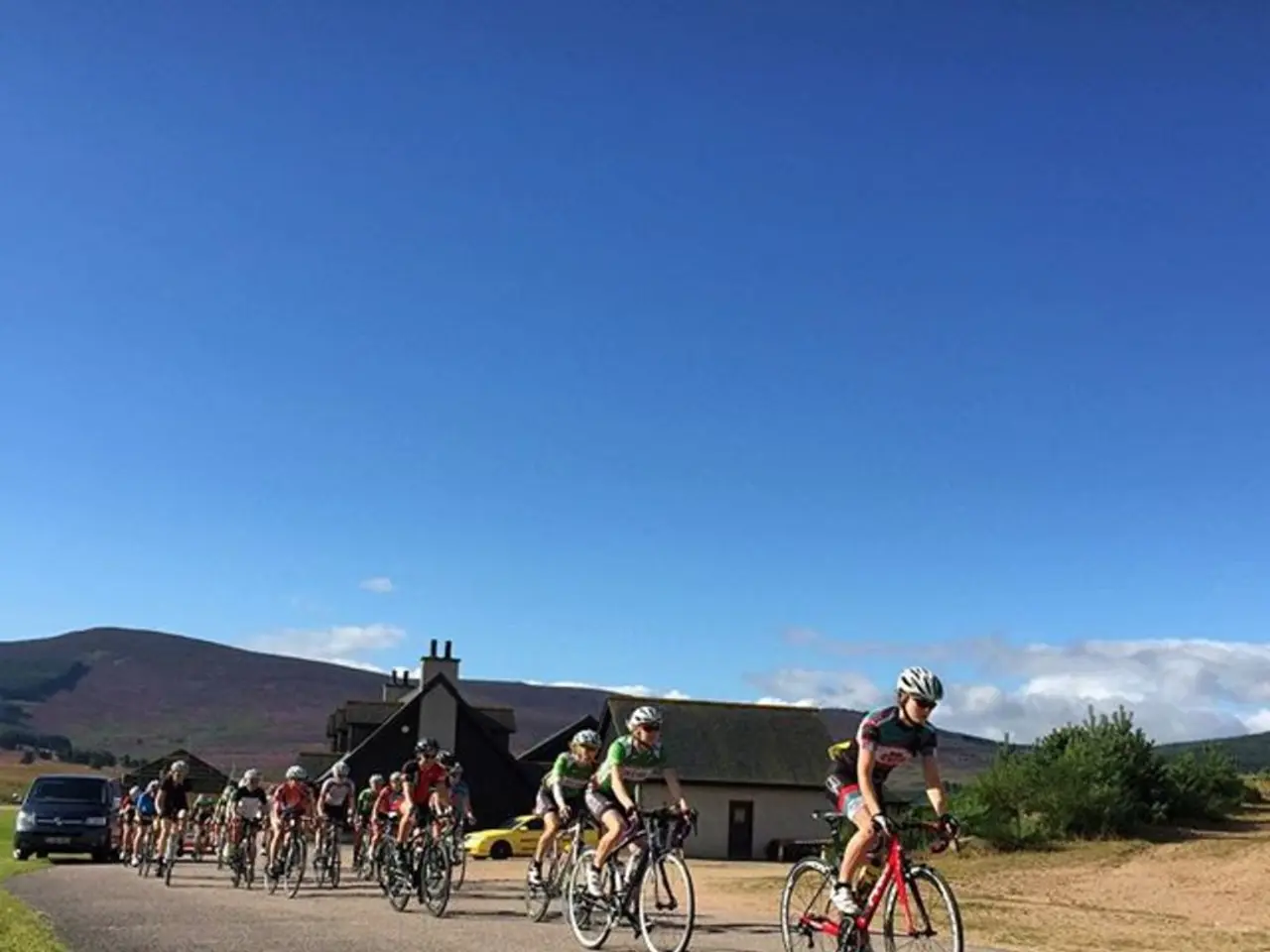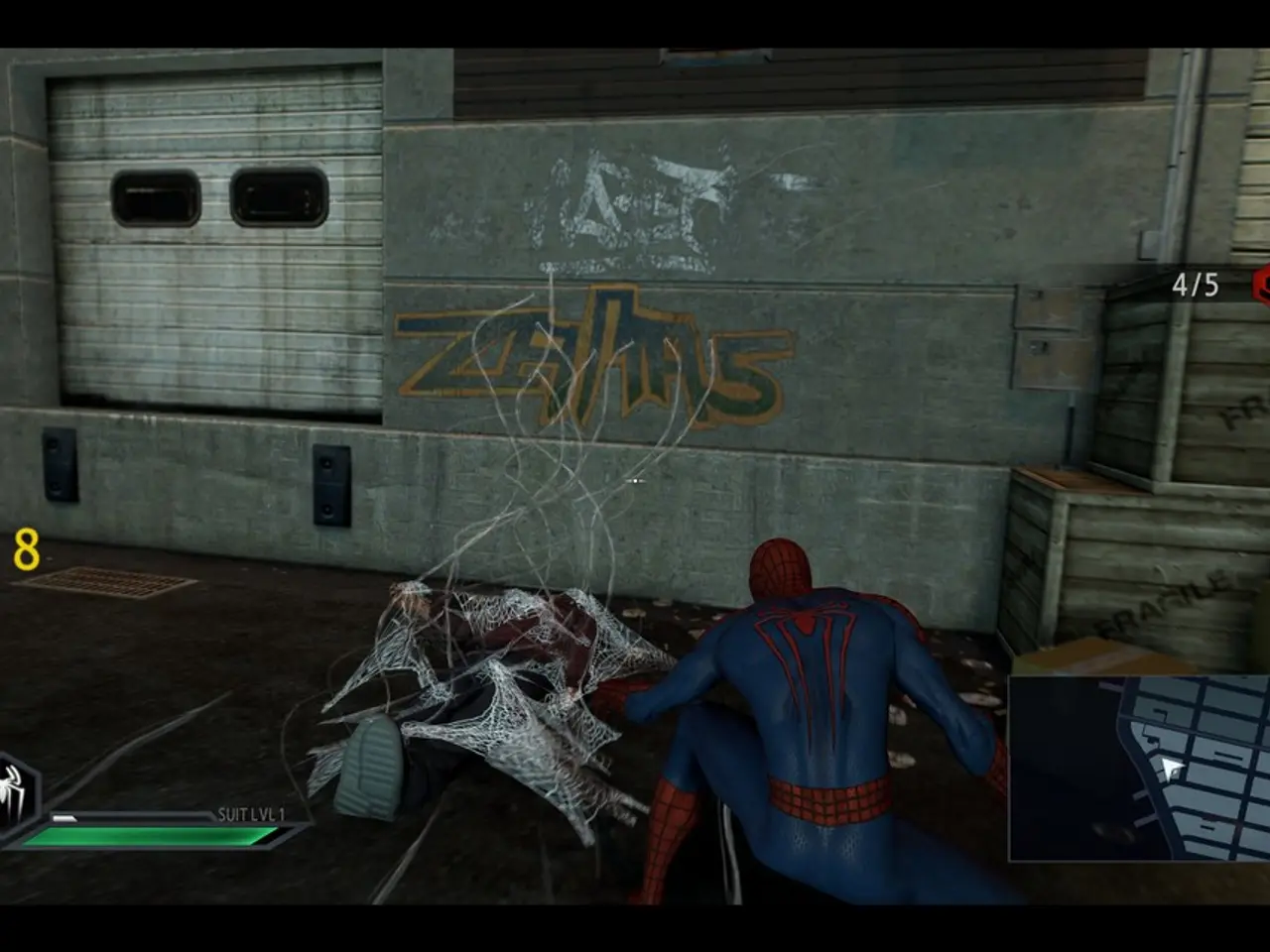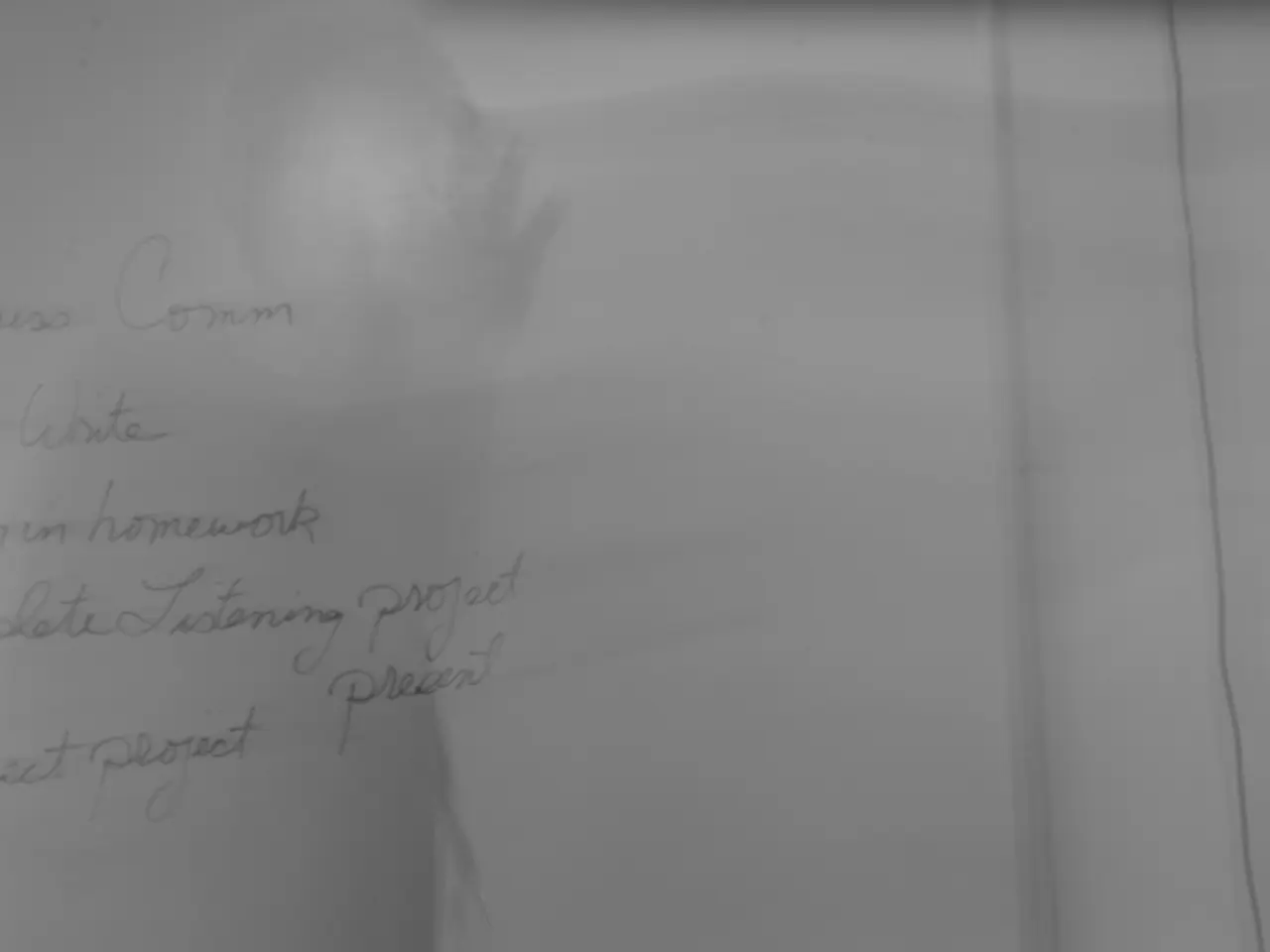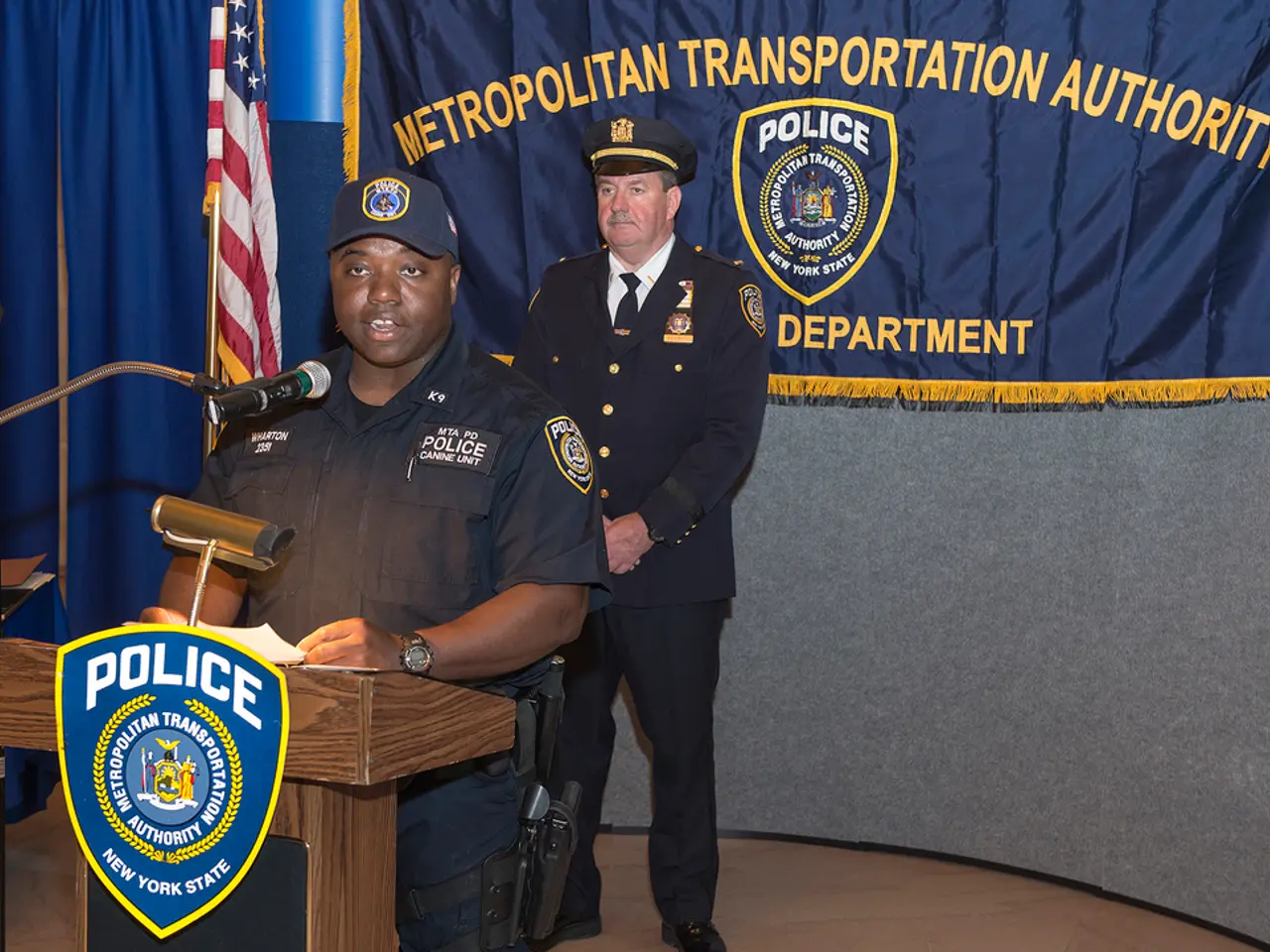College basketball making a comeback, as per remarks by former UCLA player Ed O'Bannon
The landmark O'Bannon v. NCAA case, decided in 2014, has had a profound impact on the world of college sports, particularly in the realm of video games. Prior to this case, Electronic Arts (EA Sports) and other companies profited from the use of college athletes' names, images, and likenesses (NIL) without compensating the athletes themselves.
Ed O'Bannon, a former UCLA basketball star, found his likeness being used in EA's college basketball game without his consent or payment. This sparked a lawsuit against the NCAA and EA Sports, challenging the NCAA's policies that prohibited player compensation. O'Bannon's legal battle was a catalyst for the shift in how college athletes could be compensated for their NIL.
The case exposed the NCAA's restrictions as antiquated and non-compensatory, eventually leading to court rulings that the NCAA's amateurism rules violated antitrust law. These rulings paved the way for the NCAA to start allowing athletes to profit from NIL rights in endorsements and social media deals, though direct payment by schools remained initially prohibited.
The legal and regulatory changes that followed have been significant. The landmark NCAA v. Alston Supreme Court ruling in 2021 further dismantled NCAA restrictions by declaring limits on education-related compensation unlawful under antitrust law. In response, the NCAA adopted new bylaws allowing athletes to be paid for NIL activities, creating a legal framework for endorsements and partnerships involving athletes’ names and images.
This regulatory shift made it possible for EA Sports to reintegrate college athletes into their games legally and compensationally. For instance, in 2025, EA Sports paid each player featured in their College Football 25 game $600 plus a copy of the game, marking one of the first instances of gamer compensation for NIL under the new framework.
Since then, major settlements and reforms have been enacted. A $2.78 billion settlement (the House v. NCAA case) was approved in 2025 to compensate current and past athletes for lost NIL opportunities. This settlement introduced the College Sports Commission, which oversees NIL-related payments and compliance, emphasizing that NIL compensation must have valid business purposes and cannot be recruiting inducements.
Starting July 1, 2025, Division I schools can directly compensate athletes up to $20.5 million annually. This is a monumental shift from decades of prohibition on direct payments by schools and further opens opportunities for athletes to monetize their NIL through schools and third parties alike.
The history of EA Sports compensation for college athletes' NIL rights is closely tied to the landmark O'Bannon v. NCAA case and subsequent legal developments that have transformed college sports economics over more than a decade. The case, which began when O'Bannon's friend invited him to watch his son play a game featuring O'Bannon's likeness on EA's March Madness for Xbox 360, has paved the way for a fairer and more economically viable college sports landscape.
References: [1] McCann, M. (2016). Court Justice: The Inside Story of My Battle Against the NCAA. Sportico. [2] McCann, M. (2021, June 21). The NCAA's New Name, Image, and Likeness Rules: What They Mean for College Athletes. Sports Illustrated. [3] House v. NCAA (2025) [4] NCAA v. Alston (2021)
In the wake of the O'Bannon v. NCAA case, a significant shift occurred in the sports world, particularly in the realm of basketball and NCAA basketball. Ed O'Bannon, a former UCLA basketball star, challenged the NCAA's policies that prohibited player compensation after finding his likeness being used in EA Sports' NCAA basketball game without his consent or payment (Sports-analysis).
Subsequent court rulings dismantled the NCAA's restrictions, allowing athletes to profit from their names, images, and likenesses (NIL) rights in endorsements and social media deals. This regulatory shift also made it possible for EA Sports to compensate college athletes for their NIL rights legally, such as paying each player featured in their College Football 25 game $600 plus a copy of the game (sports, basketball, nba, sports-analysis).

